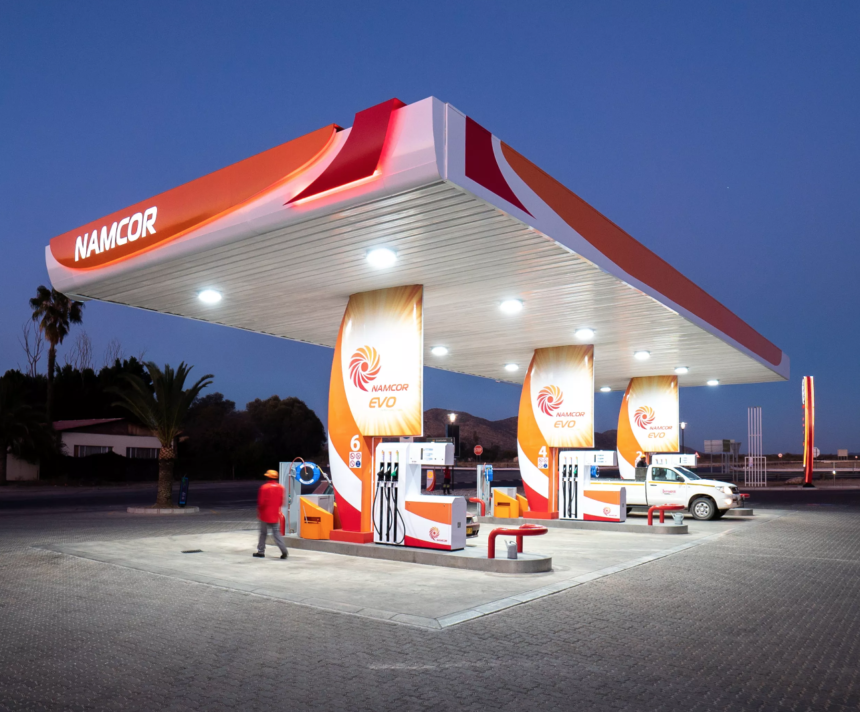The National Petroleum Corporation of Namibia (Namcor)’s downstream operations are facing a working capital deficit of about N$1.6 billion.
Downstream is the part of the oil and natural gas industry responsible for the refining, distributing and retailing of petroleum products.
Working capital is the difference between a company’s assets and liabilities.
It measures a company’s liquidity and short-term financial health, indicating the ability to fund operations and respond to financial stress or opportunities.
Negative working capital occurs when current liabilities exceed current assets, suggesting potential liquidity issues.
The upstream sector involves exploration and extraction, while the downstream sector entails the retail side of the business.
It was earlier stated that Namcor’s upstream entity is flourishing and has a positive bottom line, but the downstream side is facing many challenges. Amongst these challenges are a volatile international oil market, as well as a constantly fluctuating currency.
“Up to September 2023, Namcor had been struggling to obtain supplies of significant volumes of product. Subsequently, three large shipments of expensive stock were received around that time, which increased our exposure. This was exacerbated by the basic fuel price declining in December. This stock was eventually sold, invoiced and paid to Namcor’s suppliers,” said Namcor’s spokesperson Paulo Coelho.
In the last financial year, Namcor reported a loss of N$700 million.
This was coupled by a significant working capital deficit, which created severe cash flow challenges for the company.
Thus, the government at the beginning of the year agreed to provide N$1.2 billion to bail out the financially-crippled national oil company to try and stabilise its books.
Coelho told this publication that the intervention involved the provision of a sovereign guarantee by the government to local financial institutions, serving as a safeguard in the unlikely event of a default.
It was not a direct cash intervention, and was paid directly to suppliers by the financiers.
He emphasised that the company is now pinning its hope on the three-phase turnaround strategy to ensure its future sustainability.
The strategy entails short-term financial stabilisation.
The second phase entails medium-term strategies, centred on implementing a new operating model to reduce exposure, and ensure sustained success.
The third and last phase of the turnaround relies on the development of a 15-year strategic masterplan, which seeks to position Namcor for long-term sustainability, with specific efforts towards unlocking opportunities presented by recent oil discoveries, and embracing the energy transition. “On debt management, Namcor is re-negotiating payment plans with key debtors, focusing on increasing local market participation through diversification to yield higher margins, and harmonising enabling legislation in respect of the downstream mandate to ensure smoother operations and strategic alignment,” he noted.
-mndjavera@nepc.com.na


